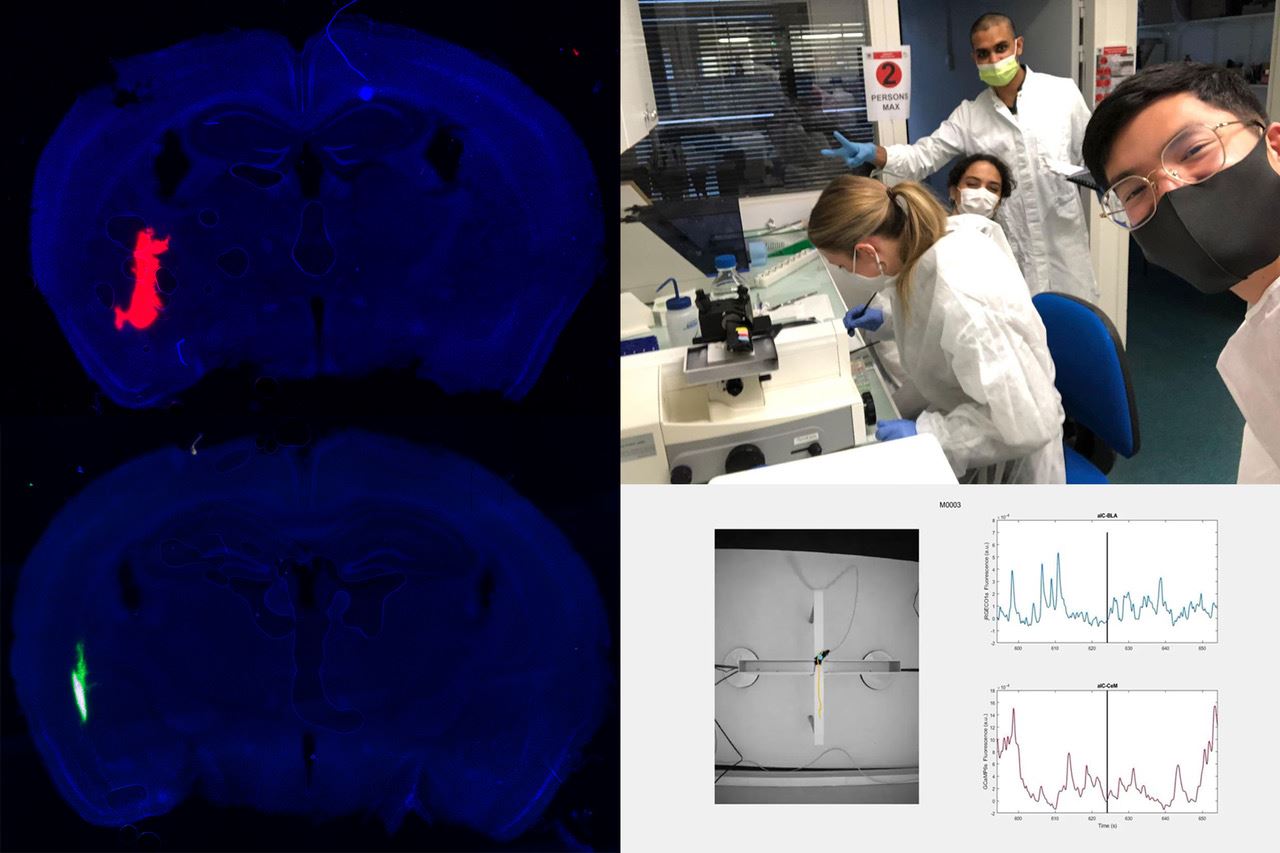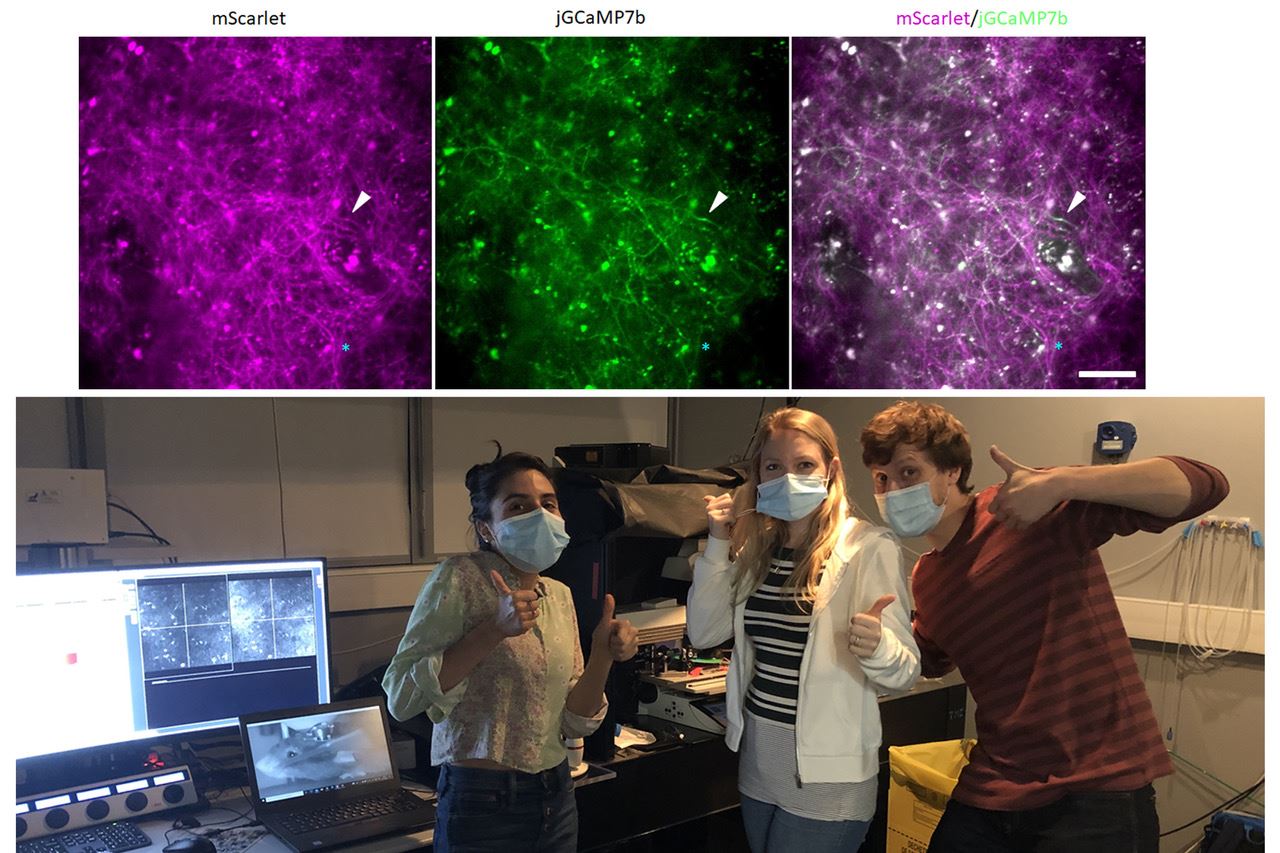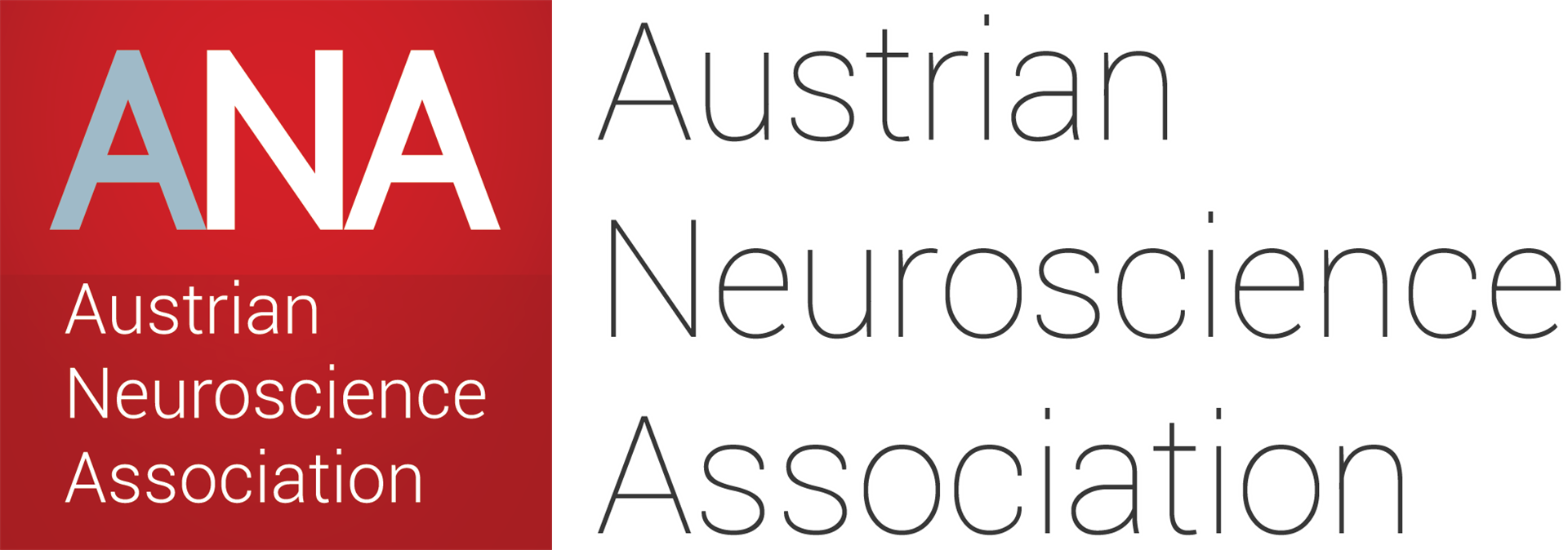ANA member Cornelia Ablinger (Karl Landsteiner University Krems) was selected to participate in the Cajal Training Course “Optogenetics chemogenetics and biosensors for cellular and ciurcuit neuroscience.” Congratulations! ANA provides grants to support participation in Cajal Training Courses. Cornelia was one of the grant awardees. Read Cornelia´s report about her experiences at the course in Bordeaux.
Personal motivation and background
A Year ago I was very excited to be in the position for applying for a Cajal neuroscience training programme. Epecially during the pandemic it seemed almost too good to be true, that I may get the chance to travel abroad to attend an international training experience. One year after I sent the application and very patiently waited for my acceptance I am still excited and grateful that I not only was entitled to participate in the course consisting of only 20 students, but also that the course finally could take place in person in Bordeaux! Especially as Austria went into lockdown the day after my flight to Bordeaux, I appreciated it even more that the organisers and instructors of the course, despite the uncertainties of the pandemic, put so much effort into making this course possible. The “Optogenetics chemogenetics and biosensors for cellular and ciurcuit neuroscience” course immediately caught my attention on the Cajal training website as it was matching closely what I was currently working on and planning to work on in the future. The projects sounded amazing with all the fancy tools and methods and indeed the course directors did not promise too much - we really had an incredibly informative course with state of the art tools and devices for hands on training and very rewarding scientific discussions. It was a pure pleasure to be part of this great experience and meet amazing people from whom I could not only learn a lot but also share my joy of doing and discussing science and new ideas.
Excellent course infrastructure in Bordeaux
The course directors Ofer Yizahr, Michael Lin, Simon Wiegert and Anna Beyler are not only very nice, friendly people, but also true experts in their fields! They employ precise manipulation and read-out of brain circuit functions using genetically encoded tools to measure and control neuronal activity in not only single synapses but also large scale circuits to investigate brain function. As the field of genetically encoded sensors has exploded in the recent years, the speakers in the course had a challenging task to cover all the aspects and they did an incredible job in teaching us about which tools are available and what are the advantages and disadvantages of using them. They also explained what technical challenges have to be considered and were happy to discuss these topics with us in depth, to help us with our struggles and particularly to overcome these in our own research. In the 3 weeks of the course, we indeed learned a lot about optogenetics, voltage and calcium indicators, enzymes and neurotransmitter indicators, and G-protein coupled receptors. Most importantly, w had the chance to acquire hands on training and experience in these techniques in small groups (2-3 students) in two projects. Moreover, we had workshops to introduce and help us with deep lab cut, matlab and python- for me personally this was the most challenging part, as I had zero coding experience.
I also would like to mention that without the guidance of our excellent instructors, none of the projects would have been possible and I am very grateful for their help and advice throughout the course. Of course, also the facility of the Bordeaux school of neuroscience and the Bordeaux imaging centre contributed enormously to the success of the projects as they provided us with the facility and the newest equipment and microscopes.
Scientific projects
During my first project, I was able to perform stereotaxic surgeries with fiber implantation, perfuse the animal and validate the surgery injection, set up and perform dual fiber photometry recordings using GCaMP6s and jRGECO1a as calcium sensors and monitor the transients in behavioural test such as elevated plus maze and open field test. Moreover, we were introduced to specific data analysis tools and benefited from the amazing programming skills of our instructor Praneeth Namburi.
Within the second project, I could learn how to implant a cranial window with a head bar, learn to train and head fix a mouse, set up and program a whisker stimulation together with optogenetic stimulation for head fixed mice. I was also able to perform in vivo calcium imaging using a 2-photon microscope with an axonal GCaMP7b and perform optogenetic inhibition of thalamocortical projections using eOPN3. Our instructor Mathias Mahn was very patient and helped us to troubleshoot a lot, not only during programming and setting up the system, but he also raised good points of discussion during the analysis.
Summary and outlook
Overall the Cajal course offered me a huge opportunity to not only learn new techniques, but also to get to know new people, to discuss with instructors, speakers and organizers in a more familial manner than at international conferences. The main reason for the many extensive discussions was the outstanding motivation of all students, speakers, instructors and course directors. All instructors and speakers were super friendly and nice people, which made it instantly easy to get into a conversation and to get along and collaborate very well. For me the course was a unique chance to broaden my educational background and get international feedback on my current and future projects, which was very rewarding and a highlight in my scientific career so far.
Finally, I would like to acknowledge the support at home that helped me to attend this course. I especially thank my supervisor Gerald Obermair, who very much encouraged me to apply for the course – he always rated my chances of being accepted for the course higher than I did and in the end, he was totally right! I am also very grateful for the generous support from the Austrian Neuroscience Association (ANA), which made it possible for me to attend the course. You can find the list of upcoming Cajal courses here: http://cajal-training.org/courses/
For more details to the course or detailed information on the instructors and speakers of the course please visit: http://cajal-training.org/on-site/ocbccn2021/
The best advice I got was to apply for the course so I can only advice any student or post-doc to do the same!


